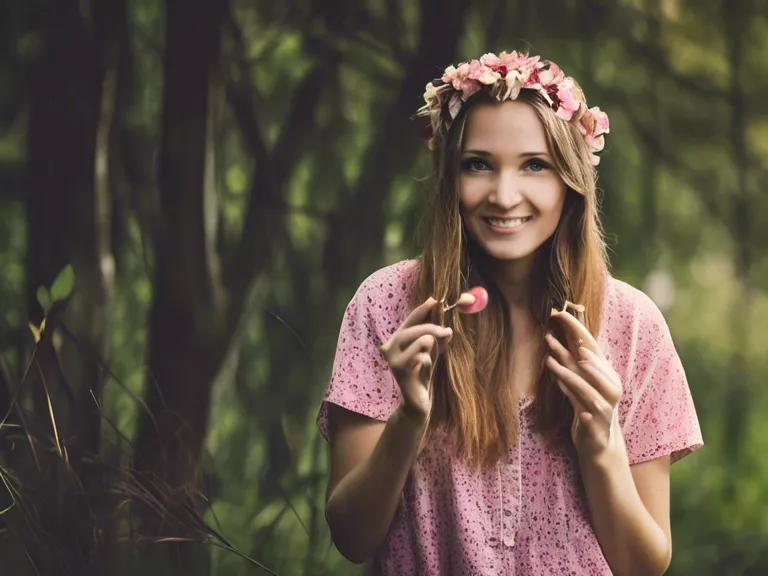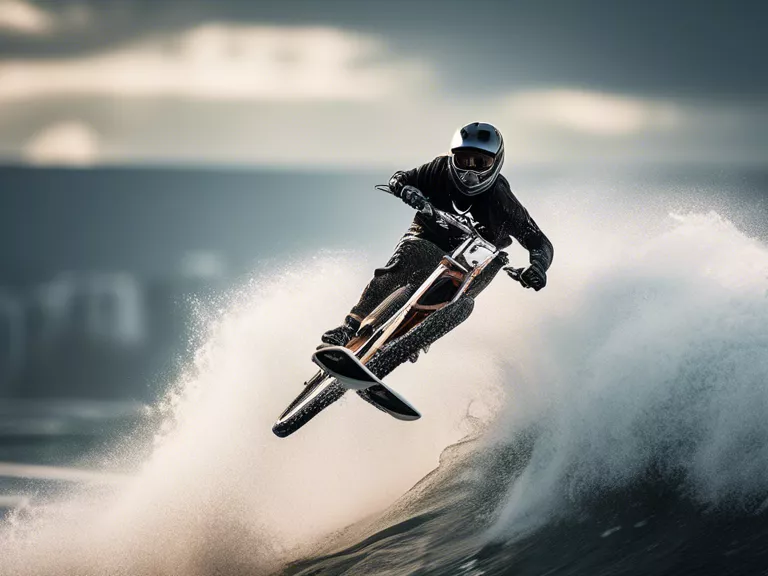
Leading lines are a powerful compositional tool in photography that can help draw the viewer's eye through the image and create a sense of depth and movement. By incorporating leading lines into your photographs, you can create more visually compelling and engaging compositions. In this article, we will discuss how to effectively use leading lines in photography to enhance your images.
What are Leading Lines? Leading lines are visual elements within an image that lead the viewer's eye towards a specific focal point. These lines can be straight, curved, diagonal, or even implied by a series of objects or shapes. They are often used to create a sense of direction, movement, and depth within a photograph.
How to Use Leading Lines in Photography 1. Choose Strong Lines: Look for natural or man-made elements in your scene that can act as leading lines. Roads, pathways, fences, buildings, rivers, and even shadows can all be used as strong leading lines in your composition.
Positioning: Place your leading lines strategically in the frame to guide the viewer's eye towards your main subject or point of interest. Experiment with different angles and perspectives to see how the lines interact with other elements in the scene.
Depth and Perspective: Leading lines can create a sense of depth and perspective in your images. Use converging lines to draw the viewer's eye into the distance or parallel lines to create a sense of stability and balance.
Curved Lines: Curved lines can add a sense of grace and elegance to your composition. Look for winding roads, flowing rivers, or arcs in architecture to incorporate curved lines into your photographs.
Experimentation: Don't be afraid to experiment with different types of leading lines and compositions. Play around with different angles, focal lengths, and lighting conditions to see how they affect the overall composition of your images.
By incorporating leading lines into your photography, you can create more dynamic and visually interesting compositions that capture the viewer's attention. Experiment with different types of lines and perspectives to see how they can enhance your images and tell a compelling story.



